#ChevroletVega
Junkyard Find: 1972 Chevrolet Vega Kammback
General Motors built more than two million Chevy Vegas, and they were everywhere on the roads of North America through about the second half of the 1980s. The Vega has been a junkyard rarity for decades now, but I just found six early Vegas all within a couple of rows of one another in a Denver self-service yard. Today, we'll look at the only wagon of that group.
Junkyard Find: 1972 Chevrolet Vega Hatchback Coupe
The General made more than two million Chevrolet Vegas during the car’s 1971-1977 run, and the numbers climb much higher if you include the Vega-derived Chevy Monza and its siblings. The Vega’s many quality problems and rapid cheap-subcompact depreciation led to nearly all of these cars disappearing from American roads well before the dawn of the 1990s, but I still find the occasional example during my junkyard travels. Here’s an early Vega two-door hatch that seemed to be in pretty good shape before it hit a large animal on an Arizona road a couple of years back.
Rare Rides: This 1975 Chevrolet Is Both Vega and Cosworth
An enterprising GM executive, a British tuning company, and a compact hatchback came together in 1975 to make a very special, limited-production Chevrolet.
It’s the Cosworth Vega, naturally.
QOTD: Which of These Automotive Pariahs Secretly Turns Your Crank?
This Question of the Day has its origin in a song, one which exists as something of a guilty pleasure. Actually, screw that, I’m a modern man (not postmodern, mind you) — I can admit it was Tiny Dancer by Elton John, which just happened to pop up on a Spotify playlist 15 minutes before I sat down to write this.
We often associate songs with a certain time and place in our lives, and that particular song — one of two by that artist I’ll admit to liking (the other being an apt description of a certain North Korean dictator) — immediately brought to mind a dark red, first-generation Chevrolet Corvair. A number of years back, nearing the end of a long road trip to Georgia and back, I found myself driving under leaden March skies in chilly Harrisburg, Pennsylvania, surely the sexiest city on the lower Susquehanna. Tiny Dancer came on the local station, and as I thought about life and mistakes, a burgundy-colored car came into view.
Resting just off a parking lot, it was, a “For Sale” sign stuck hopefully in its windshield. You never saw a more honest-looking 1964 Chevrolet Corvair Monza.
My Role In The Extinction Of The American Muscle Car
1969 Chevelle SS
A few weeks a go I had the opportunity to watch part of the Barrett Jackson auction. I found myself captivated by the colorful commentary that went along with each sale. Every car had a story and the commentators spent a great deal of time telling us about them. They also discussed the cars’ performance, available options and recited the original production numbers, contrasted by telling us exactly how many of those cars survive today. It turns out that many of the cars I regularly used to see back in the 1970s are extremely rare today. I suppose I shouldn’t be surprised, however, after all, I had a hand in making them go away.
Junkyard Find, Part II: 1975 Chevrolet Cosworth Vega
After seeing today’s Junkyard Find ’75 Vega, the members of the Vega Jihad are doubtless pounding out 10,000-word screeds about The Greatest Car Ever Made (never underestimate the suspension of disbelief required to be a member of the Vega Jihad), and I’m sure that the Cosworth Vega will be mentioned numerous times during said screeds. That’s why it’s fortunate that I have a bonus Junkyard Find today, a genuine, one-of-3,508-made junked Cosworth Vega, which TTAC reader and historically accurate 80s minitruck road racer Jesse Cortez found and photographed at a Northern California wrecking yard.
Junkyard Find: 1975 Chevrolet Vega
The first-gen Hyundai Excel is extremely rare junkyard find, with most Excels having been crushed before they hit ten years old. The story of the Chevy Vega is similar, though most Vegas survived a bit longer than Excels did. I hadn’t seen a Vega in a junkyard for at least a decade (not counting Pontiac-badged Vega wagons) when I found this reasonably solid example at a California self-service yard a couple weeks back.
Junkyard Find: 1979 Pontiac Sunbird Safari Station Wagon
Until I spotted this 1979 Chevy Monza wagon in The Crusher’s waiting room last year, I had forgotten that GM slapped Monza and Sunbird badges on the (Monza ancestor) Chevy Vega wagon at the tail end of the 1970s. Then, last week, I discovered this Sunbird Safari at another Denver self-service yard. Such history to be uncovered in the junkyards of Denver!
Junkyard Find: 1979 Chevrolet Monza Wagon
When I first glimpsed this Malaise Era compact wagon in my local wrecking yard, I thought “Wow, I haven’t seen a Vega in a junkyard for years!” Then I saw the grille and realized that I was looking at an example of the very rare Monza wagon, which was a Monza snout grafted onto the discontinued-after-1977 Vega wagon. At the risk of enraging the small but very devoted Vega Jihad, I’m going to pronounce this thing The Most Terrible Station Wagon Detroit Ever Made.
More Weird Diecast Cars To Clog Up My Desk: Malaise Detroit, Warsaw Pact
Once the word gets out that a 24 Hours of LeMons judge has a thing for oddball toy cars, racers will scour the earth to find increasingly obscure and/or terrible examples. What goes with a Leyland P76 and a Nissan Prairie?
Feature: Five Automotive Passenger Pigeons
Passenger pigeons were the most common bird found in North America. So common that flocks numbering 2 billion were up to a mile wide and 300 miles long. In other words, the average North American in the 18th and 19th Century saw a lot of these pigeons. You could easily argue that a passenger pigeon sighting in 1812 was something on the same scale today as seeing mind-numbing crap on TV. Not a particularly noteworthy or unique experience. So what took the passenger pigeon down? It was a combination of things but the biggest factor was that these pigeons tasted pretty good (a lot like chicken) and they were plentiful-hence a cheap source of food.bThey were wiped out at the pace of millions per year, so the last documented passenger pigeon named Martha died on September 1st 1914. In other words, something the average American had seen every day was extinct in a matter of a few decades. Quick extinction of a very common species is not a phenomenon exclusive to Mother Nature because cars can disappear overnight too. Here are a few that will soon be joining that “whatever happened to…” list.


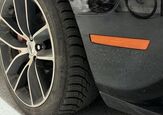
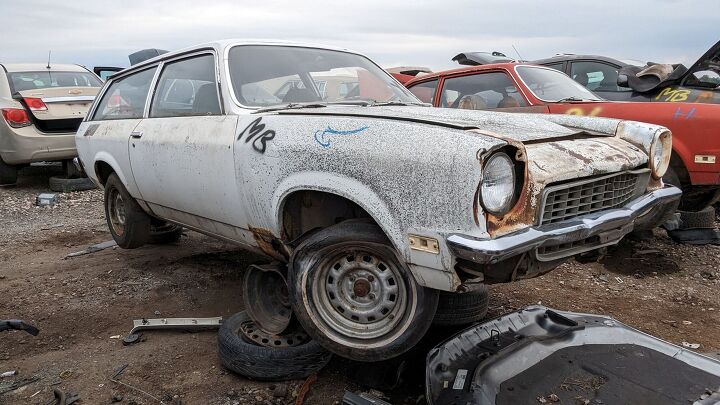
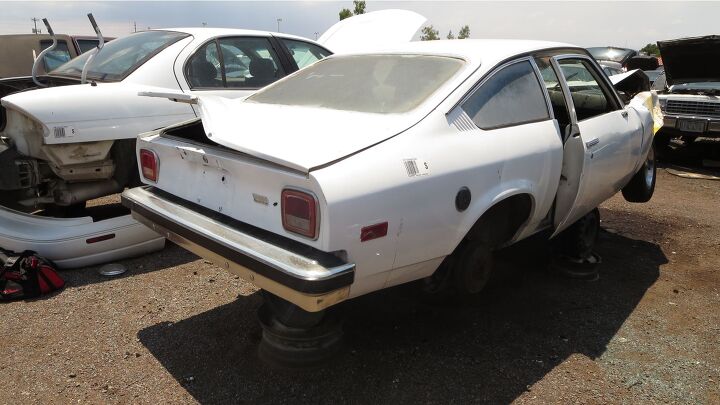
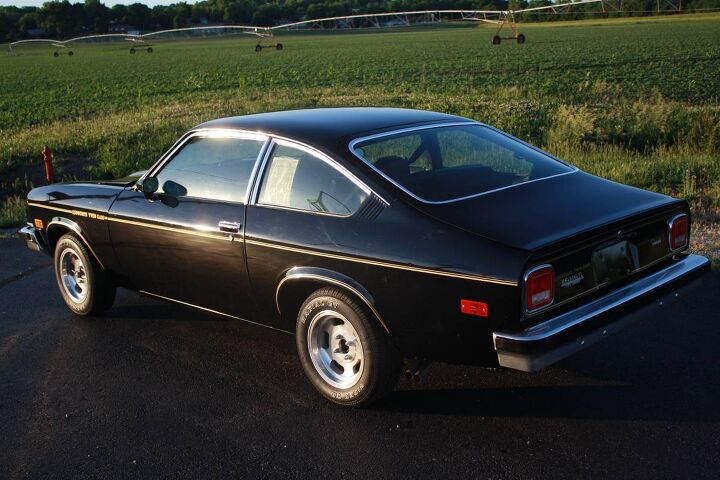



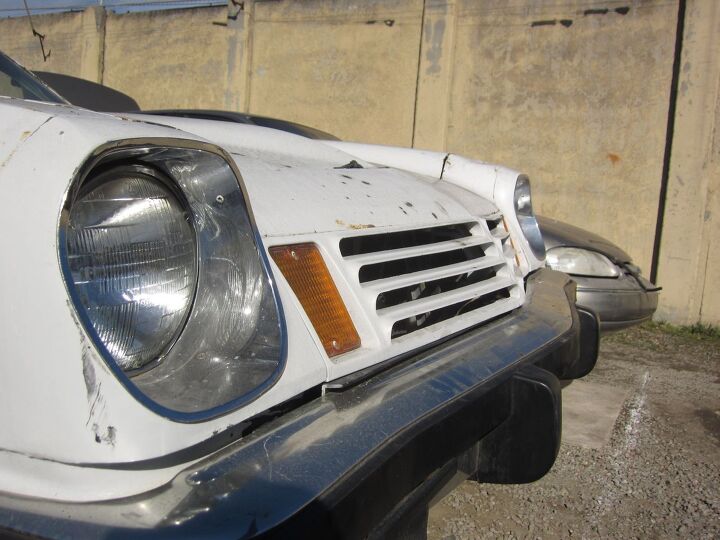

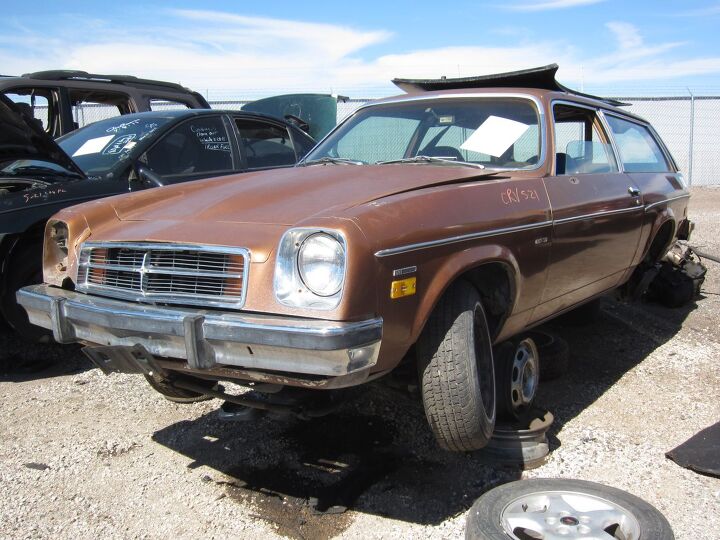














Recent Comments